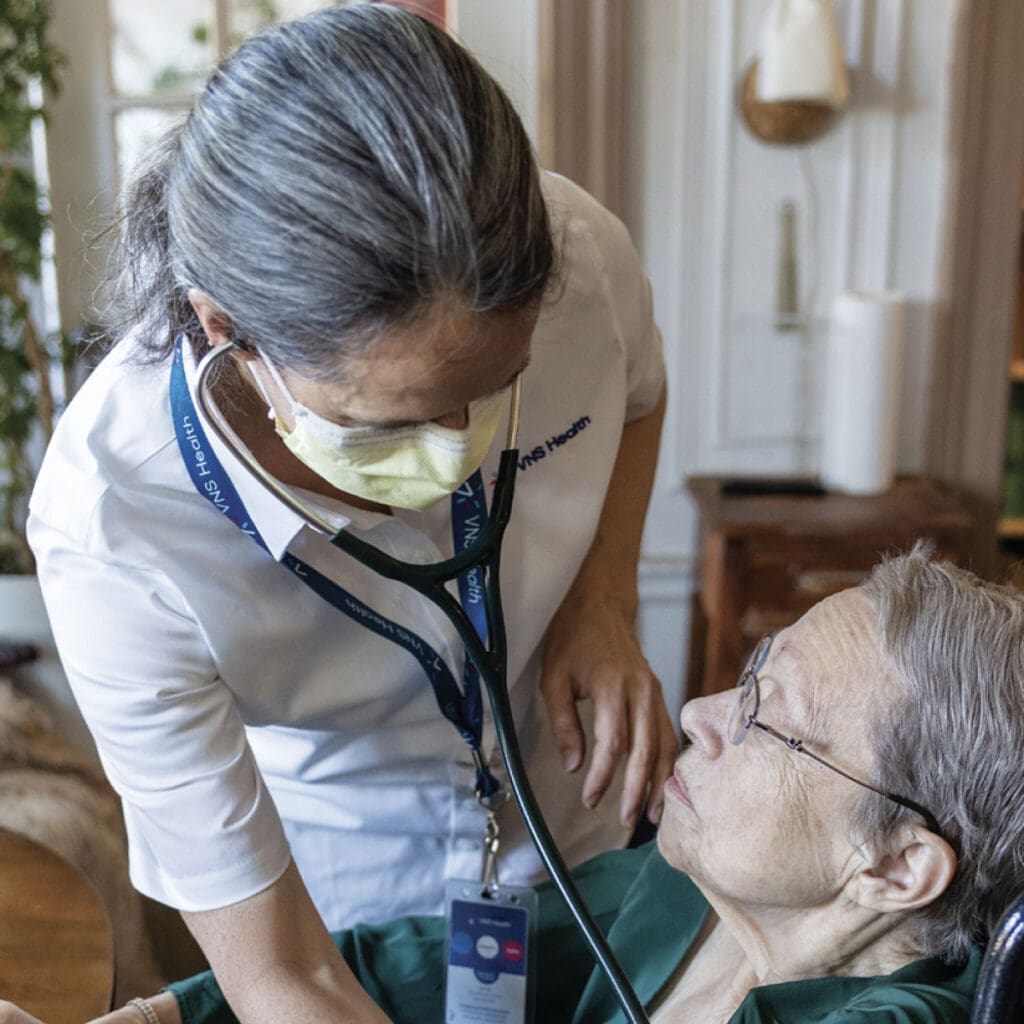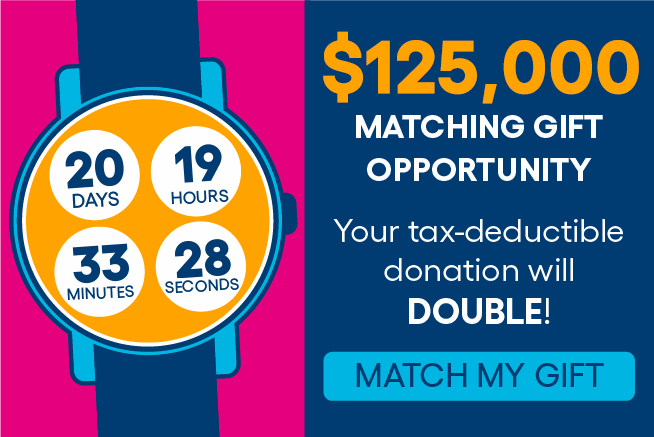
The last days of a hospice patient’s life are a time when near-daily visits from hospice team members are essential—to make sure that symptoms are managed and the patient is comfortable, provide any psycho-social support that may be needed, and reassure the family that their loved one is being properly cared for.
The difficult part, as any hospice clinician will tell you, is knowing when a patient is actually entering their final days. “I call it predicting the unpredictable,” says Bonnie Lauder, Vice President of Operations for VNS Health Hospice. “Symptoms often become very complex as the end of life nears, and even very experienced clinicians don’t always know when death is imminent.”
To assist hospice teams in making this judgment, VNS Health has rolled out a new online tool called the Mortality Dashboard. Developed by VNS Health’s Business Intelligence and Analytics team, the tool uses an evidence-based algorithm to continually analyze each hospice patient’s medical record and calculate how likely it is that the patient will pass away within the next seven days.
This mortality status is displayed prominently in the dashboard, alongside the clinician’s latest evaluation of the patient and a day-by-day calendar showing upcoming scheduled visits.
“Each VNS Health hospice team has its own dashboard page, so the team can instantly see who their highest-priority patients are,” explains Milena Zaprianova, Clinical Director of VNS Health’s hospice program. “If the tool flags a certain patient’s death as being imminent, the team might agree to shift to daily visits, even though the field nurse hasn’t reached that conclusion—enabling them to meet the key Medicare metric of at least two clinician visits in the last three days of life.”
“Since we implemented the dashboard earlier this year, our hospice patients are also going to the hospital less often,” adds Lauder. “Two other Medicare metrics we follow closely are Transition Burdens One and Two. Number one is related to the patient being hospitalized and then dying within three days, while the other is about the patient going to the hospital and then returning to hospice care within three days. By managing patients’ symptoms and providing psycho-social support in their final days, we’re avoiding situations where unwanted trips to the hospital are initiated, so we’re improving in these metrics as well—which translates into a better quality of life for our hospice patients and their families.”



